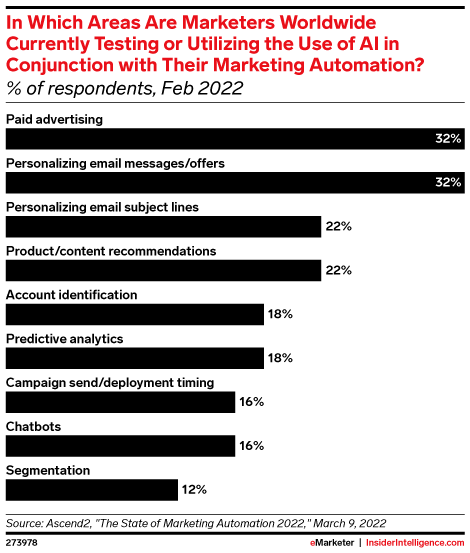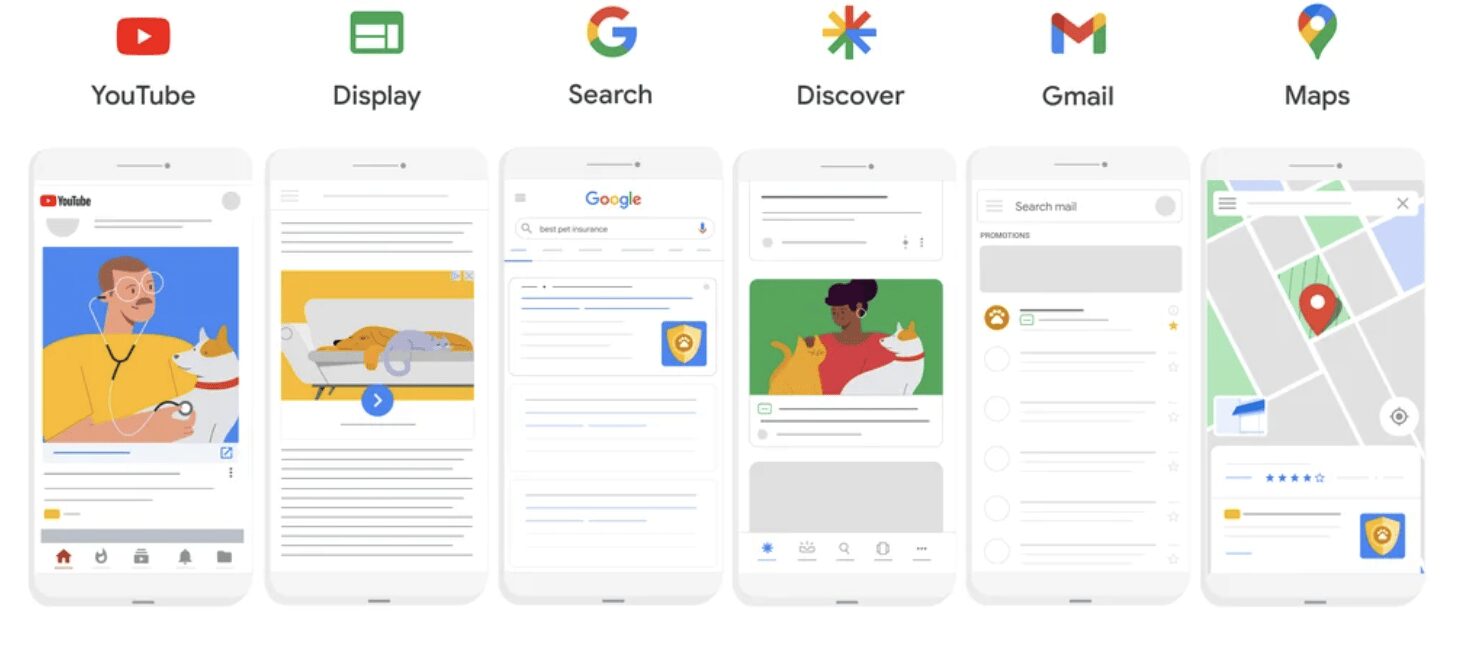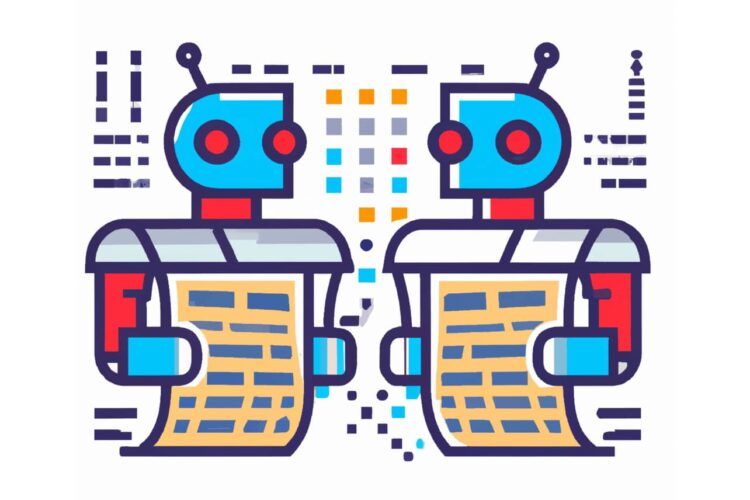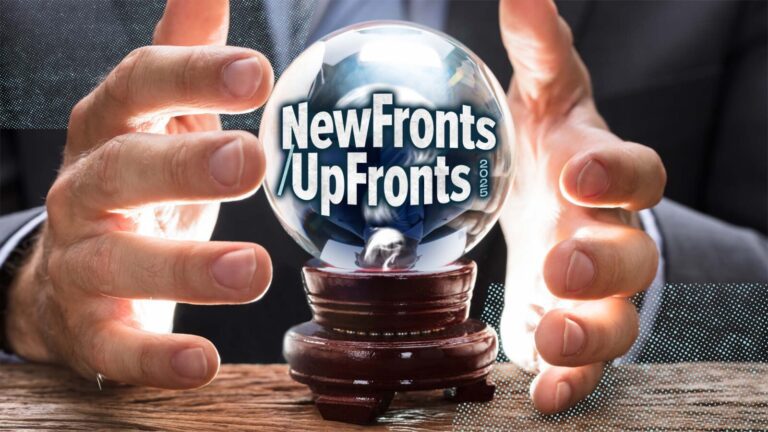While everybody is busy prognosticating about how AI will impact the future of marketing, you’d be forgiven for forgetting that artificial intelligence, usually going by the name automation or machine learning, is already a huge part of modern paid media campaign management and bidding.
But AI by any other name is still AI. Forget waiting for the rise of the robots; for paid media marketers, the robots have been in the building for a long time.
If you’re leveraging paid search, social, or programmatic campaigns, you’re using AI: it helps you make smart bids, find the most effective ad placement, and even choose the right ad type. In fact, eMarketer reports that paid advertising is the top area in which marketers currently use AI, and that’s only going to grow.

Marketers, of course, often feel anxious when manual tools are removed from ad platforms and more choices are made by AI, because they have to give up the level of control they’re used to.
But that’s the wrong way to think about it. Instead, you should look at these changes as an opportunity to play to your strengths. AI will always be better than humans at certain things, especially when it comes to chewing through large amounts of data to identify optimization opportunities and bidding strategies.
People, on the other hand, can make connections and build strategies that define how to best apply those AI capabilities. Marketers are still a necessary part of the equation.
Nowhere is this clearer than in Google and Meta’s leaps forward in AI-powered campaign and bidding management.
Google takes the lead: Setting the pace for AI and machine learning in marketing
Since introducing responsive search ads in 2018, Google has taken the point position when it comes to the race among digital ad platforms for using AI to improve campaign management.
From offering algorithmic Smart Bidding tools and Smart Shopping campaigns to moving brands to almost fully automated Performance Max (PMax) campaigns, Google has put in the work to put the power of AI in the hands of brands to maximize results with the highest-quality inputs and outputs possible.
Google’s original responsive search ads offering used AI to dynamically create and test multiple headlines and descriptions for paid search ads to find the best-performing combinations. More recently, they introduced Smart Bidding, which uses machine learning algorithms to optimize bids in real-time for each ad auction based on factors like the likelihood of conversion, value of conversion, and target cost per acquisition (CPA).
Smart Shopping took the basic optimization approach of responsive search ads and turned it up to 11, expanding the use of AI across more of the Google Ads ecosystem to optimize ad placement and targeting across Google Search, Google Display Network, YouTube, and Google Shopping.
These campaigns also use dynamic remarketing to show personalized ads to users who have previously interacted with an advertiser’s website or products.

But these earlier versions pale before Google’s AI-powered campaign crown jewel: PMax, which is set to replace Smart Shopping campaigns in the near future. In a PMax campaign, Google has one goal: to maximize performance.
In service of this goal, PMax automates almost the entire campaign. You upload creative assets and Google uses them to create ads, choose where they’ll appear across the entire Google ecosystem from search and YouTube to Gmail and Display, decide which audiences to target, and serve the highest-performing combinations of assets.
And PMax is getting better at its job all the time, at least according to Google’s numbers; their most recent data indicates that advertisers who use PMax drive 18% more conversions on average than generic Search campaigns at a similar CPA, up 5 percentage points in 14 months.
Fully automated campaigns like PMax are the future. And they’re likely to get even more expansive: as generative AI gets more sophisticated, you’ll soon be testing and optimizing creative and copy constantly with minimal effort. Everything will be created and optimized in-platform for you.
This shift to AI and automation won’t be limited to Google. Meta is already following close behind.
Meta comes out strong: Joining the marketing AI race with Advantage+
There’s nothing Meta likes less than lagging behind Google in their eternal duel for digital marketing dominance (except maybe getting outmaneuvered by Apple’s privacy policies). True to form, Meta launched their own AI offering, Advantage+, in August 2022.
Advantage+ uses AI to automatically generate multiple ads based on the marketer’s specific KPIs or goals. It can test different versions of potential ads to identify the most effective and includes the option to automatically alter text and images. Sound a lot like PMax? You’re not wrong.

A big draw of Advantage+ is its Creative option, which eliminates the manual steps of ad creation and can automate up to 150 creative combinations at once, automatically adjusting the assets for each person who views your ad.
The goal is twofold: you get to learn which ads are working and get better results from your ad dollars, a big draw for budget-conscious brands. In fact, Meta’s internal data revealed that Advantage+ campaigns generated a 30% increase in ROAS YoY.
The current version of Advantage+’s image creation tools have limited capabilities. Currently, they can only change the aspect ratio, sizing, and framing of images to generate different combinations. But it’s likely that Meta will eventually build in generative AI so Advantage+ or its descendants can create completely new assets from a library of images instead of just enhancing or recombining existing assets.
The future is still human: Machine learning in marketing is only effective if humans are part of the process
In this new world, you’ll spend more time strategizing about what you’re putting into the machine instead of looking for optimization levers you can directly control. If you keep looking for workarounds to maintain the manual control you had in the past, you’re more likely to lag behind the competition or even put your campaigns at risk as those capabilities go the way of the dodo.
These changes are not a net loss for human marketers; in fact, they open up a new world of tools you can use to improve performance.
Until now, AI in paid media has focused on using data signals to optimize campaign targeting to be more effective and efficient. Those capabilities are still critical. But the advent of more advanced generative AI capabilities opens up new horizons beyond targeting and bidding. Creative and copy will be a more meaningful part of AI-powered testing and optimization process, which means you’ll have more opportunities to continually iterate and improve.
You need to dive into these new capabilities as they arise and get smart about looking for alpha and beta opportunities to try new tools that leverage AI in paid media. The truth of the matter is, an AI can’t take your job—but someone who knows how to use AI to get better results certainly will.
How will AI impact marketing in the future? Download our full guide to get the advantage in marketing’s next big leap forward.





